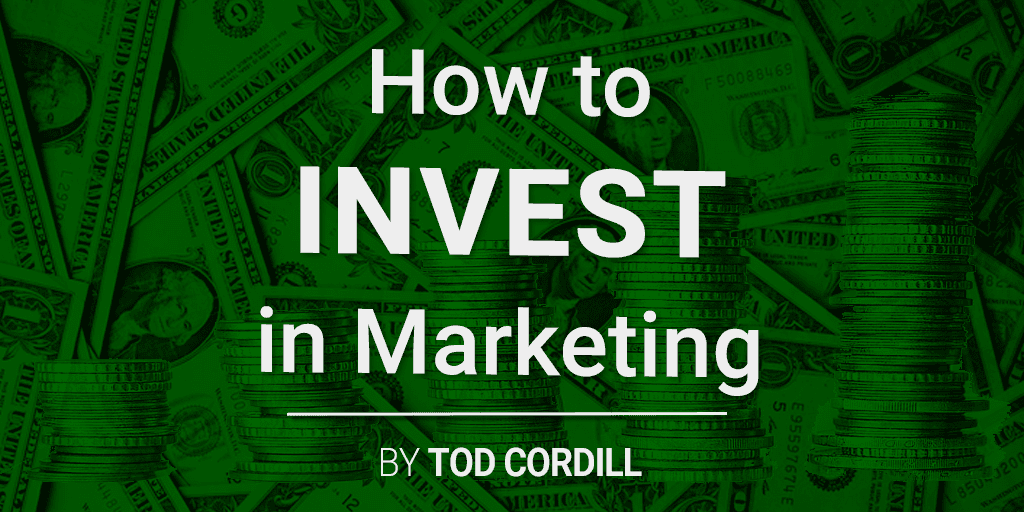
When you or your clients plan how to spend marketing dollars a decision needs to be made whether to spend for short-term results or long-term results.
If most, or all, of the marketing budget, is spent on short-term results you’re being reactive and you’ll need to continually spend to get the same results.
If investments are made in marketing you’ll find that the same marketing spend will, over time, deliver continually improving results.
Marketing Expenses
A business operating expense is a payment made for the day-to-day functioning of a business. Once you spend the money, it’s gone. Advertising that has a goal of generating immediate sales is a typical marketing expense. You pay for the advertising, and if prospects make an immediate purchase the money is pretty much lost. You may get a little back in the future due to awareness, and the adage it takes seven touches for someone to remember your brand. But for the most part, the money was spent with little return.
Calendar based campaigns are marketing expenses. The benefit incurred from money spent on calendar-based marketing activities happens during the campaign time frame or there is no benefit. There are times, however, that marketing campaigns can be effective:
- Conferences and trade shows
- Revenue bumps from coupons or other seasonal promotions
- New product introductions
Marketing Investments
A capital expense is an expense a business incurs to create a benefit in the future. The future benefit makes a capital expense an investment in your business.
Creating quality content and implementing ongoing programs are classic examples of marketing investments. An investment in quality marketing content can be effective over a long period of time. Blog posts can drive traffic for years. According to Google Analytics data, a blog post I co-wrote for a client has been one of their top six landing pages for five years and counting. A white paper can generate leads for years. The same can happen from videos you produce and publish on YouTube.
Another example of a marketing investment is designing and implementing a marketing automation program. While you may continually test and make small improvements, most of the content and programmatic logic can be used over a long period of time.
Campaigns & Expenses |
Programs & Investments |
| Short-term results | Long-term results |
| Sprint | Marathon |
| Calendar based | Behavior-based |
| Communicate at random times | Communicate at the right time |
| PPC goal: drive sales | PPC goal: collect leads |
How to Help Clients Invest in Marketing
As a commercial printer, there are several things you can do to help your clients invest in marketing.
- Create variable data direct mail templates that can be used over and over again with personalized, relevant messages. It can be much more effective to run personalized messages to targeted audiences that are likely to be receptive to the message, than throwing a generic message to a wide net and hope to capture a small group at the right time.
- Create web-to-print and fulfillment portals that make it easy for clients to order what they need at the time they need it. The up-front investment to create templates will save design time, proofing, and reduce throwing out outdated materials while maintaining brand standards and legal requirements.
- Spend less on reactive campaigns that attempt to solve short-term sales pipeline problems. Instead, take the time to help clients map out customer journeys and create sales and marketing collateral for each step of the way.
Helping clients transition more of the marketing budget into investments will make you a more valuable partner that is integrated into their business processes. Read my article on Invest in Marketing Programs, Not Campaigns to learn more details on the differences between marketing programs and campaigns.














